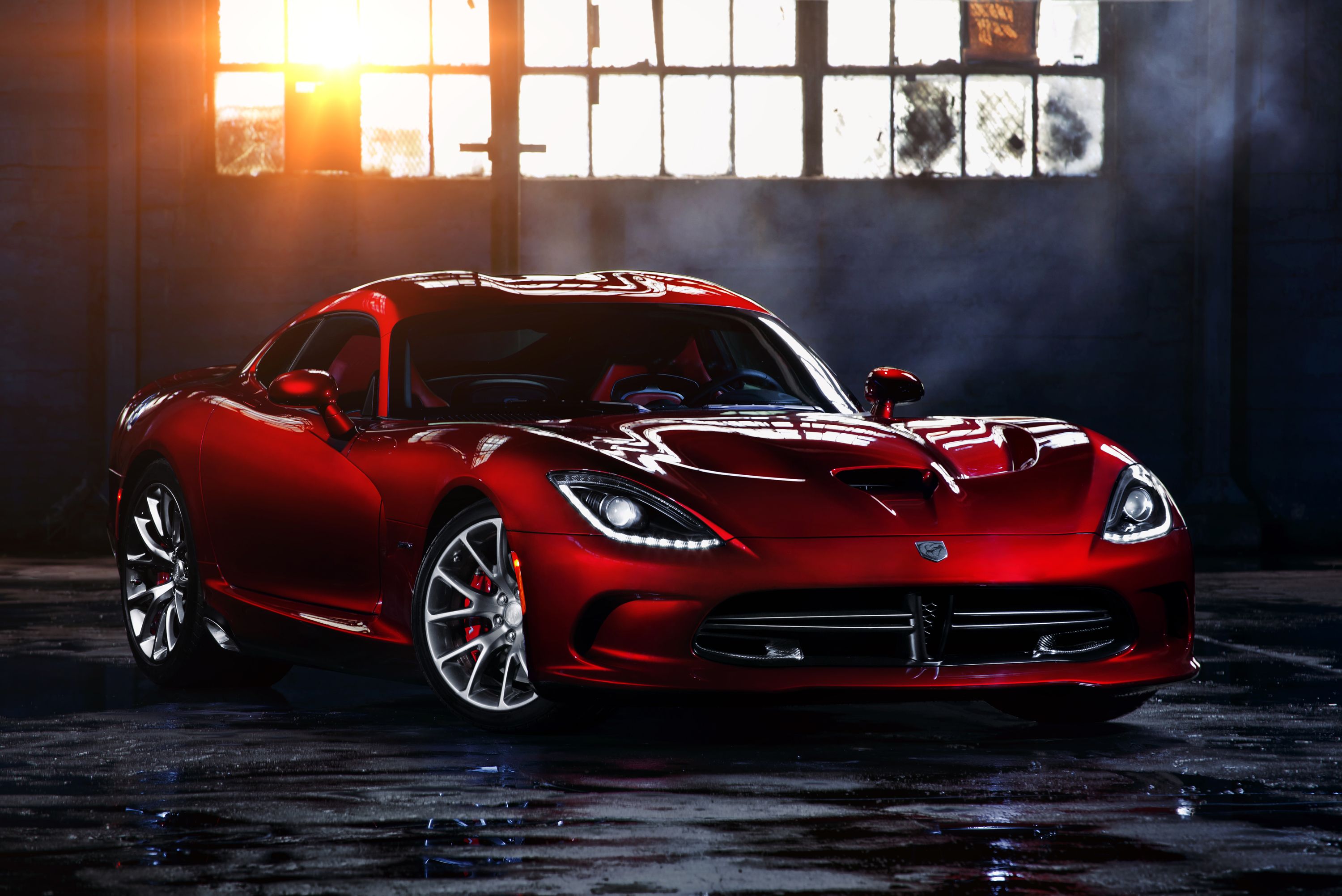
Global automotive conglomerate Stellantis, which owns American car brands such as Chrysler, Dodge, Jeep, and Ram, has emerged from a difficult second quarter in which it joins other US manufacturers reeling from an overall industry slump of 11%. The manufacturing giant is still throwing money around like it's fun tokens, however, with its most recent $24.7 million spending spree going into building Pentastar V6 engines at its Michigan plant. This follows another huge deal for $33 billion last year into developing advanced digital car cockpits in partnership with iPhone maker Foxconn. But despite these investments, the Q2 sales report shows major sales declines for core brands such as Ram, Dodge, and Fiat, and the overall figures show an industry that's struggling in general.
At least Dodge has something to celebrate: it's still selling Vipers. Or rather one new Viper, despite the car being out of production for nearly five years.
The rest of the quarterly sales don't read as pleasantly, though, as total US volumes have declined by 16%. A total of 408,521 vehicles were sold in Q2, down from 485,312 in Q2 2021. Commercial sales bucked the trend, however, with an increase of 13% compared to last year's second quarter.
There were some individual highlights scattered across the Stellantis portfolio, particularly for Jeep. The Jeep Compass, which saw some major updates and the introduction of the new Altitude Package for the 2022 model year, saw a sales increase of 54% with 21,927 sold to last year's 14,195, and the Grand Cherokee enjoyed a 12% increase at 59,252 units compared to 52,726 units - buoyed by the launch of an all-new generation. But overall sales for the Jeep brand declined from 210,439 to 186,665, representing an 11% downturn. Despite the Wagoneer and Grand Wagoneer being added to the roster, and moving more than 14,000 units between the two, Jeep's year-to-date (YTD) sales declined by 7%. This was largely due to a 68% decline in Cherokee sales in Q2 and 71% YTD while the Renegade also fell steeply at 53% and 45%, Q2 and YTD, respectively.
Ram took a major hit, with Q2 sales declining by 27% and YTD figures dropping 21%. The biggest loser was Ram's truck range which declined by 28% in the second quarter followed by the ProMaster City which saw a sales decline of 25%. This stands in contrast to Ford, where its F-Series range of trucks bolstered sales. Ram confirmed the arrival of its first electric pickup truck back in April, which should help the brand reclaim some lost ground, but that's still some way away, while Ford has hit the ground running with the F-150 Lightning. YTD, Ram saw a drop in sales of 74,645 units.
Chrysler was the only brand to show positive gains over the second quarter (+95%), and over the last six months (+13% YTD), thanks to a 143% increase in the sale of Pacifica minivans with 32,097 sold in Q2 2022 to 13,229 moved in Q2 2021. This comes months after the Pacifica range was drastically simplified. Chrysler's total YTD sales rose from 58,637 to 66,047.
Dodge was another big loser, taking a sales hit of 30% in Q2, and a 33% decline YTD. The Dodge Journey, which was discontinued in 2020, still managed to sell 45 units, and the also-discontinued Dodge Caravan sold three. Dodge seems to be in the business of selling old cars, as it also sold a Viper, and thus far in 2022 has sold a single Dart. The brand now focusing on muscle cars saw a 3% increase from the practical Charger sedan at 23,020 units, but lost sales of the two-door Challenger - down 3% with only 14,558 units sold. The aging Durango dropped by 66%, down to 6,090 units in Q2.
Speaking of its US brands, US Head of Sales Jeff Kommor, said "We continue to see strong demand for our vehicles. While there are certainly industry supply constraints, our dealers are working hard to satisfy the needs of every customer. The Grand Wagoneer and Wagoneer have successfully launched with sales continuing to grow, sales of the all-new Jeep Grand Cherokee and Jeep Compass continue to see high volumes."
But by far the biggest losers for Stellantis' North American arm of operations were the two Italian brands, Fiat and Alfa Romeo. Both saw major sales slumps, with Fiat suffering a 72% drop in quarterly sales and a 65% drop YTD. This is unsurprising as the brand that once offered the 500 subcompact hatchback, practical 500L, Spider sports car, and 500X has culled the former trio from its US offering and now only sells the crossover. While it sold two 500Ls and as many Spiders, the 500X only managed 245 sales, down from last year's 403. YTD sales for Fiat have dropped by 65%.
Ailing luxury brand Alfa Romeo saw its sales drop by 39% in Q2. The seemingly popular Stelvio took a 31% knock while the Giulia sedan saw sales dwindle by 47%. With only 4,049 of the former and 2,324 of the latter sold YTD in 2022, the brand is facing a 34% decline in sales thus far in 2022.
Stellantis won't be happy with these figures, but with the current state of world affairs the way it is, all manufacturers can do is hold on and take the ride with the rest of us.
